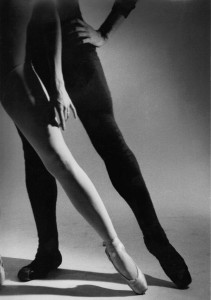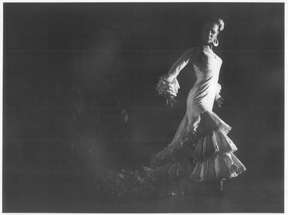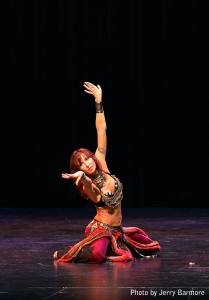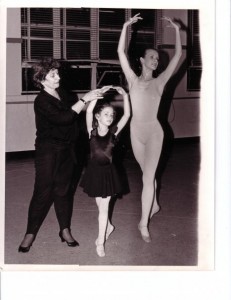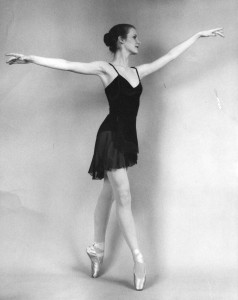 This photo of me was taken over 20 years ago. I just came across it the other day, and it made me think of how much emotion I expressed through dance. I recently spoke with a fellow dancer who is still performing, and it underscored the fact that I do miss it–although I am comfortable with the fact that it was time for me to step back and move to another place in my life.
This photo of me was taken over 20 years ago. I just came across it the other day, and it made me think of how much emotion I expressed through dance. I recently spoke with a fellow dancer who is still performing, and it underscored the fact that I do miss it–although I am comfortable with the fact that it was time for me to step back and move to another place in my life.
It’s interesting, because I find that I don’t really have an outlet for my emotions in the same way now that I no longer perform. I can channel stress at the health club by pounding on the elliptical machine or daydream for a moment when I listen to the music when I’m teaching, but it isn’t the same thing. I’m not giving of myself in the same way.
It’s an interesting adjustment, and one that I haven’t spent too much time thinking about until this very moment. Perhaps it is why I feel the urge to give back. That is one of the reasons I started this blog in the first place. To help others in the field navigate through some of the things that I have already experienced and to share any knowledge I have picked up along the way.
And to put all that emotion to some type of practical use.
I suppose that writing has somehow stepped in and taken the place of my body moving through space and time. It has become a new way for me to express myself. To share what is in my mind as well as my heart. My writing style doesn’t tend to be as confessional as this post has been, but every once in a while I want to share a bit of what goes on inside me so that you know why I am doing this. And so that you know I am sincere in my motives.
I suppose that the method of expression matters very little in terms of how you release your emotions. The important part is that you don’t keep them to yourself.
After all, there is always someone out there who could use a little bit of that connection.
Even if it is just through the words on a blog like this one.






